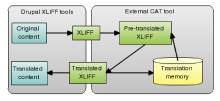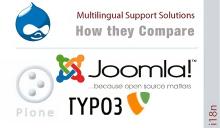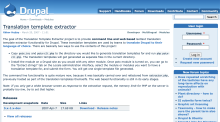This is part one in a series of posts on the new multilingual features in Drupal 7 core and contrib. I was sadly not as involved in the core mutilingual work that I wanted to (was busy working on localize.drupal.org), so I need a refresher myself on some of the finer details of what is going on. Therefore my journey through the new features, which I thought would be useful for you dear readers too. Thankfully many bright folks picked up the work and drove a good bunch of new functionality in terms of multilingual support into the new version. Let's begin!



